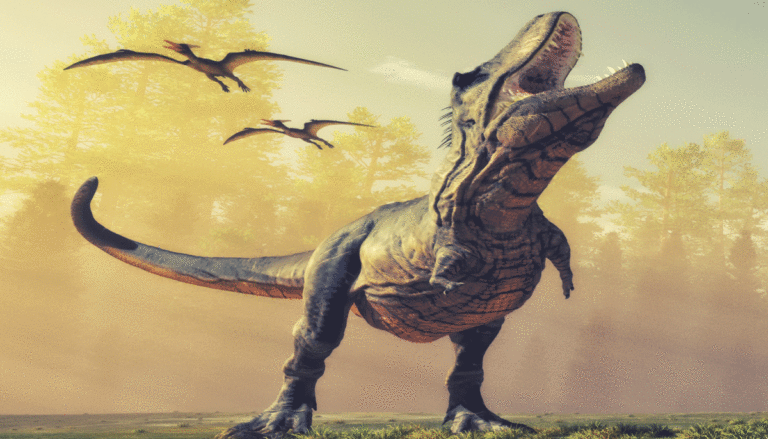The discovery of an extremely rare and perfectly preserved dinosaur egg fossil has shown, for the first time, a distinctive bird-like embryonic posture that makes an unmistakable link to modern birds.
Completely intact dinosaur egg fossil shows undeniable link to modern birds
A perfectly preserved, fossilized dinosaur egg, has been discovered containing the completely intact fossilized bones of an embryo shows remarkable similarities between theropod dinosaurs and modern birds.
A new report was published this week in the journal iScience highlighting the embryo called “Baby Yingliang,” named after the museum in southern China where it was discovered, NBC reported.
Scientists from China, Canada, and the U.K were involved in the unprecedented discovery and study of the 66-70 million-year-old fossil containing a complete dinosaur within its egg, its fossilized bones curled up inside a 6-inch in elongated eggshell. The dinosaur was estimated to be 11 inches long from head to tail.
What’s most remarkable is that the dinosaur looks nearly exactly like a modern bird at the same stage of development. Naturally, the only difference is tiny arms and claws rather than wings.
Bird-like features and behaviors
Most telling to scientists is the posture of the embryo, which scientists say is distinctively bird-like, something called “tucking,” in which they had is under the right arm.
The head of the dinosaur has a particularly striking resemblance to a newly hatched bird, particularly because it has a peak, a feature of this particular dinosaur species known as an oviraptorosaur. They also had feathers on their arms, but could not fly. Some also had bony crests on their heads.
Oviraptorosauria, called “egg thief lizards,” are a type of theropod dinosaur that have hollow bones and three-toed limbs, and are very close relatives of the dinosaur ancestry that evolved into modern birds. Some scientists even believe them to be true birds.
The earliest have been found in China dating to about 125 million years ago, while others found in England date to about 140 million years ago. The smallest is the Caudipteryx, roughly the size of a turkey, and the largest is the 8-meter-long, 1.4-ton Gigantoraptor.
“Up until now, little has been known of what was going on inside a dinosaur’s egg prior to hatching, as there are so few embryonic skeletons, particularly those that are complete and preserved in a life pose,” said Darla Zelenitsky, an associate professor in the department of geoscience at the University of Calgary in Canada, in an email to CNN.
“It is an amazing specimen … I have been working on dinosaur eggs for 25 years and have yet to see anything like it,” said Zelenitsky, coauthor of the published research in the Journal.





